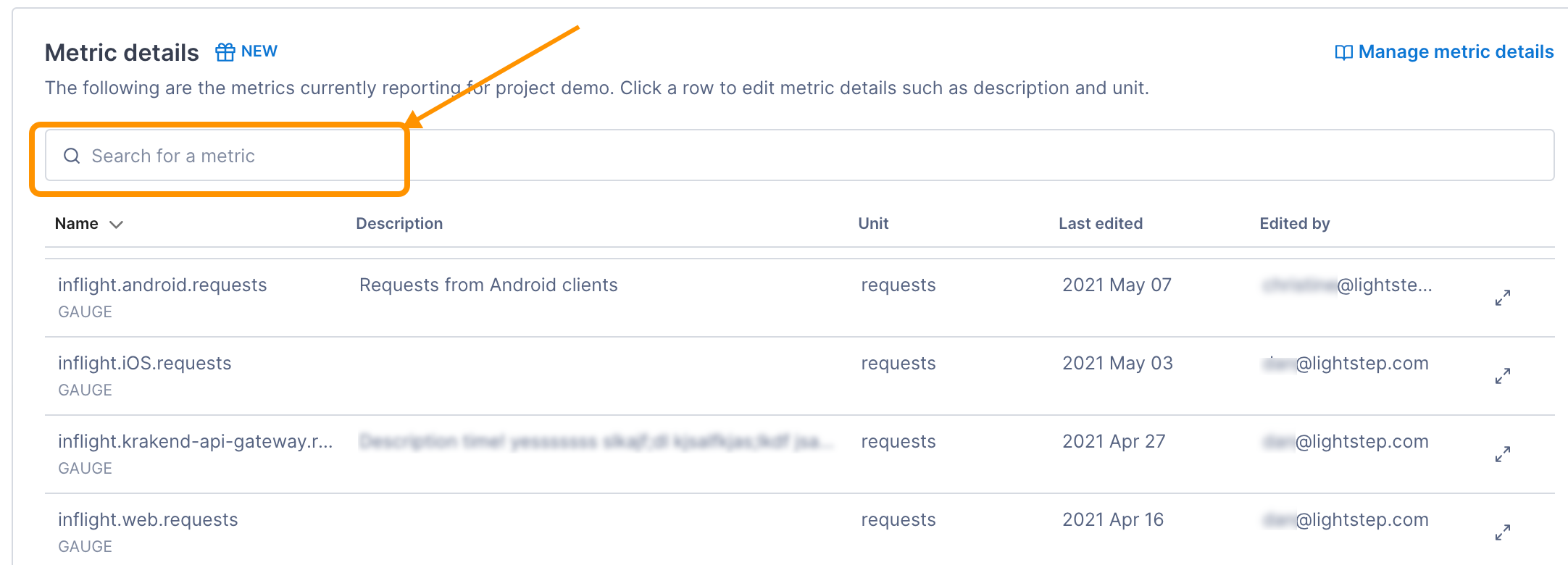The OpenTelemetry Collector provides an integration with PostgresSQL to ingest metrics. Metrics sent from the PostgreSQL statistics collector are sent to the Collector’s PostgresSQL receiver. From there, the metrics are processed and exported to Cloud Observability.
To complete the integration, you will:
- Configure the PostgresSQL receiver for the Collector
- Enable the integration by adding it to a pipeline
Prerequisites
- PostgreSQL 9.6 or later.
- The monitoring user must be granted SELECT on the
pg_stat_database. - You’ve configured the Collector to export metric data to Cloud Observability.
Configure the Collector receiver
In the Collector configuration file, add PostgresSQL as a receiver and set the following:
endpoint: The address of the PostgresSQL serverusername: Set tootelpassword: Password to PostgresSQL
1
2
3
4
5
6
receivers:
postgres:
hosts:
endpoint: "http://<address of server>:5432"
username: otel
password: $POSTGRES_PASSWORD
The OpenTelemetry repo’s readme provides additional details about PostgresSQL configuration.
Enable the Collector receiver
Once the PostgreSQL receiver is configured, enable it by adding it to one or more pipelines as described in the Collector configuration documentation.
Validate metrics are reporting to Cloud Observability
You can validate that metrics are reporting to Cloud Observability on the Metrics details page in Settings.
-
In Cloud Observability, click Settings > Metric details.
-
Search for PostgreSQL metric names.

See the receiver’s metadata file for a complete list of emitted metrics.
-
If needed, click on the metric to edit the description and how the units are displayed in Cloud Observability.
Create a dashboard for the metrics
Use the Cloud Observability Terraform Provider to create a dashboard for the metrics.
Additional resources
For a more complete example that’s ready to run, see the PostgresSQL integration in Cloud Observability OpenTelemetry Examples.
See also
Updated Dec 1, 2022
